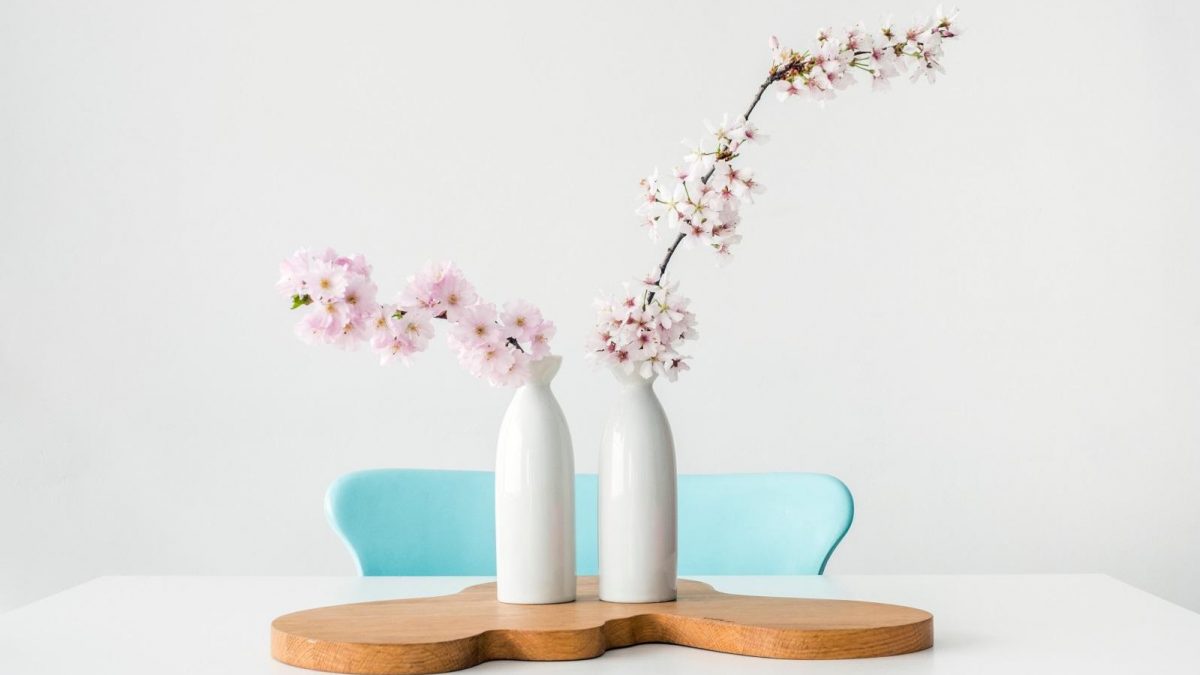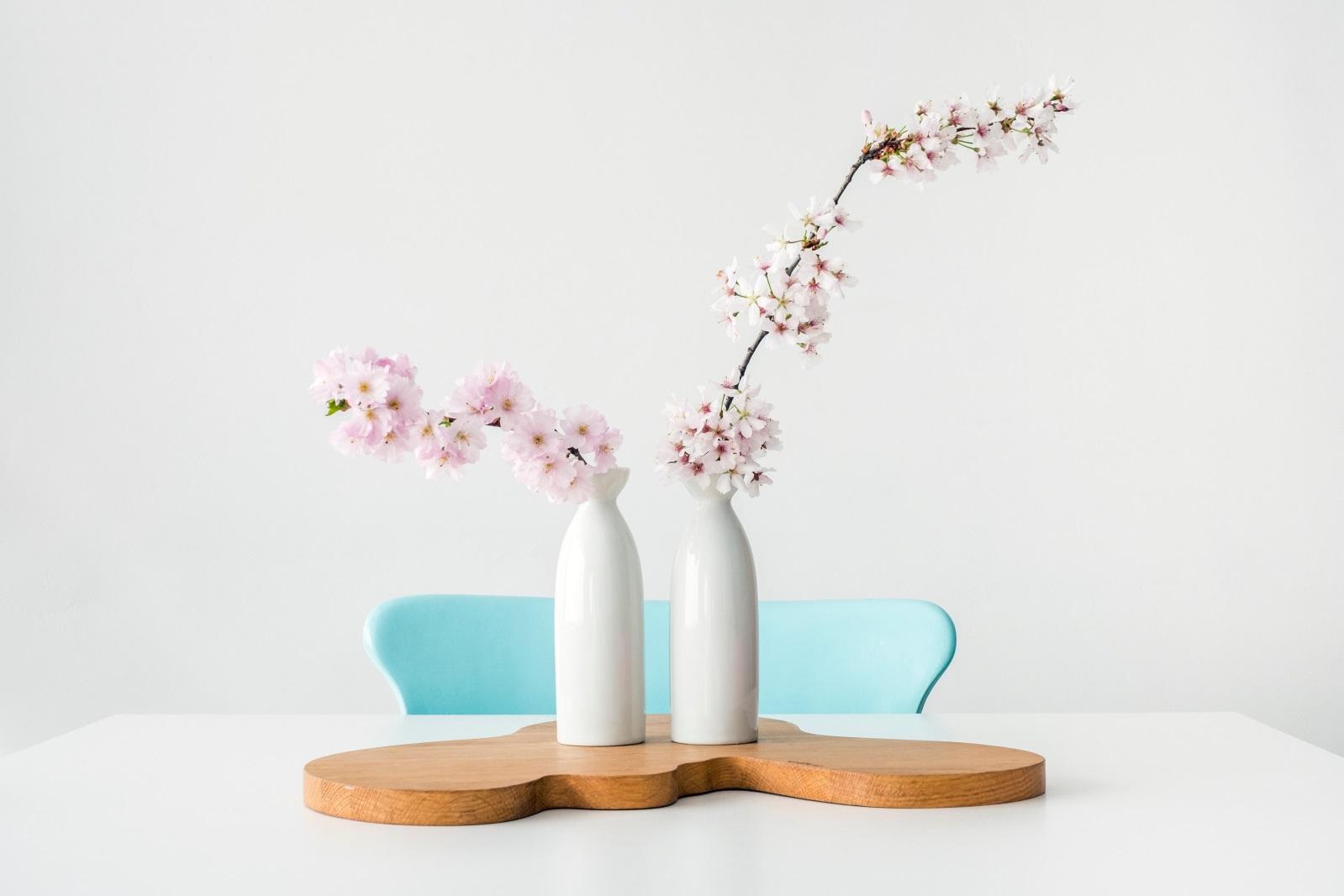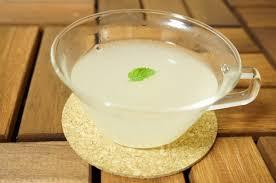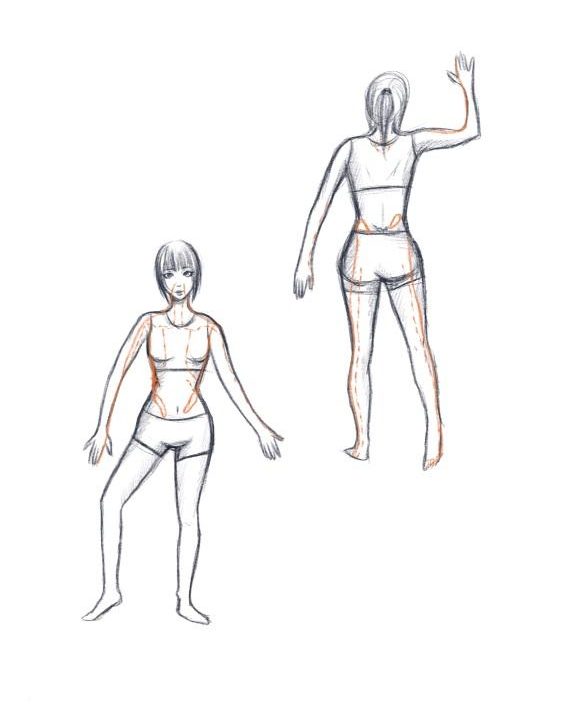
I needed to say NO
September 17, 2019
5 Common Spring Issues and HOW you can Support Them (Part 2)
October 1, 20195 Common Spring Issues and WHY they happen in Spring (Part 1)

In Japanese Yoga, each season has its challenges and gifts.
If you think of spring from an energetic point of view, it represents a big upward and outward expansion of energy.
We go from the stillness and quiet winter energy where many animals hibernate and trees lose their leaves to a surge of life seen by flower buds blossoming and baby animals being birthed.
This shift in energetic gears is a lot for the body to adjust to and it’s not uncommon for many to suffer ‘spring colds’ as the immune system struggles to keep up with the change.
There are some other health and allergy challenges with a ‘spring flavour’ that can greet us at this time of year.
Why is this so?
In spring, the Liver and Gall Bladder energy lines (or meridians) come to the fore.
Spring’s the time when these meridians can be more vulnerable to imbalance and blockage as well as being the BEST time to support them to unblock and function better.
Imbalance and blockage can be due to constitution and/or lifestyle habits depending on the individual.
Some of the most common imbalances of spring are:
- Headaches + Migraines (around the temple area)
- Joint Aches and Pains; arthritis is an extreme example of this
- Eye issues: blurred vision, floaters, bloodshot eyes, general vision problems, dry eyes, painful eyes
- Feelings of Irritability, Anger or Frustration
- Seasonal Allergies
Do any of these Top 5 resonate or challenge you during spring?
There are a few other challenges beyond the 5 mentioned, but these are generally the most common complaints.
All of these issues except #5 Seasonal Allergies, relate to the Gall Bladder and Liver meridians (for the most part).
Seasonal allergies is a bit of an outlier, although it certainly affects many of us in spring.
What causes seasonal allergies?
In conventional medicine and western thinking, the release of pollen into the air by trees, grasses and weeds is by far the most common catalyst of allergies during springtime.
Pollen is mistaken as a pathogen by the immune system, which rallies to the defence, mobilising antibodies to attack pollen, and triggering the release of inflammatory chemicals such as histamine. Histamine opens the blood vessels and causes swollen membranes. The result is the symptoms we know all too well: runny nose, itchy and watery eyes.
In western medicine, doctors often prescribe medications to treat seasonal allergies.
Alternatively, allergy sufferers self-medicate with over-the-counter antihistamines.
In comparison, Traditional Chinese Medicine (TCM) and Japanese Yoga offer different theories for spring allergies.
According to TCM theory, one explanation for seasonal allergies is the state of your health in the preceding season.
Take the transition from winter to spring as an example.
In the winter, stress can weaken immunity.
Examples include:
- working too hard
- not resting or sleeping enough
- going to bed too late
- exercising too strenuously without resting and refuelling the body
- getting wiped out by a nasty cold or flu and not giving yourself enough time to fully recover before hopping back onto the treadmill of life (this one’s especially tough for parents or carers)
All these factors can produce Ki deficiency (also known as Qi, Prana, energy deficiency), which in turn weakens the immune system.
Symptoms of allergies manifest due to the weakest link in your meridians.
And more often than not, the weakest link is the Lung meridian.
In fact, allergic skin diseases, rhinitis, and asthma are all related to the Lungs, according to TCM theory.
Specifically, Lung Ki deficiency causes these conditions.
It makes sense that a runny nose is one of the most common symptoms of seasonal allergies, since the Lung meridian’s other half- the Large Intestine- opens into the nose.
To lower your chance of having weakened Ki by the time Spring rolls around, take it extra easy in winter.
If it’s too late and you’ve already experienced allergy symptoms, your Lung Ki and meridian have been damaged.
Thus, if you want to try Japanese Yoga or TCM herbs for allergies, you’ll need to focus on the Lungs. Indirectly, it also helps to nourish the Spleen and Kidney organ systems.
You may also like to increase your water intake to support your allergies (pure water, that is. Herbal teas, juices and essential oil infused water don’t count).
The power of water to improve our health is underrated and I’m excited to be talking more about this topic soon.
In next week’s blog I’ll be sharing some other intriguing yet simple ideas on how you can overcome these Top 5 issues.




